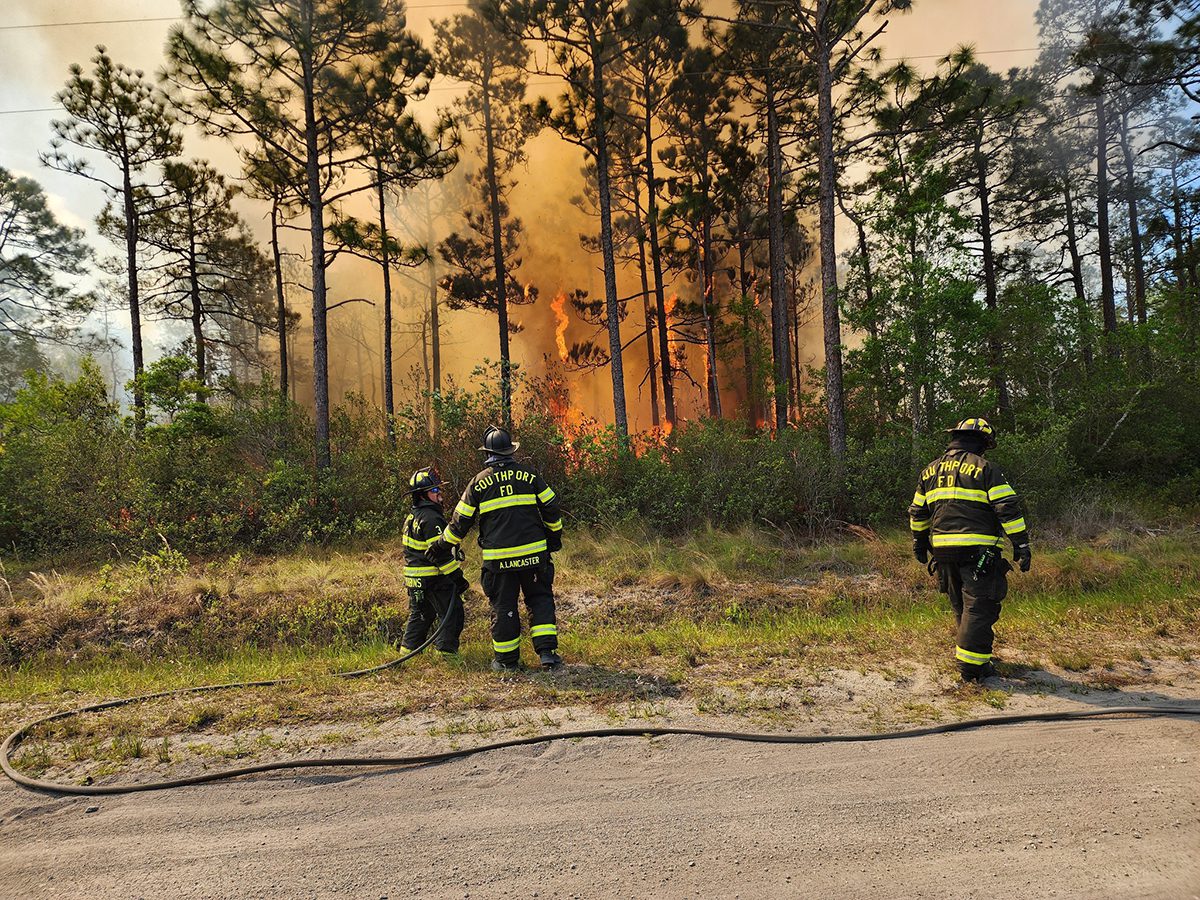RALEIGH — Going into next week’s special session on storm response, there was consensus across the political spectrum that whatever happens is just a start.
“We learned from Matthew you’re not going to do one disaster-relief bill and be done,” Rep. Chuck McGrady, R-Henderson and one the main budget chairs for the House, said in an interview Wednesday. “I wouldn’t be surprised to see us do something this Tuesday and then come back in a very short period of time.”
Supporter Spotlight

McGrady said the first bills taken up would be some quickly needed regulatory changes on school calendar flexibility and Department of Motor Vehicle fees as well as any immediately necessary appropriations. He said the legislature is likely to return after state agencies have had more time to review the costs to take up additional legislation.
“It takes a while to do the damage assessment,” he said. “Matthew occurred in early October and when we came back in early December we had agencies saying, ‘we not yet ready.’”
The experience with the 2016 storm does appear to be helping expedite the transition to long-term relief efforts, he said.
“Because we had Matthew, everyone knows who to communicate with and has some sense about how money might go out and in what ways.”
In addition to potential state assistance, an early influx of federal money appears to be moving. The U.S. House Wednesday added $1.68 billion in long term disaster assistance to a budget re-authorization bill for the Federal Aviation Administration. The Senate is expected to act on the measure ahead of the end of the federal fiscal year on Sept.30.
Supporter Spotlight
Although substantial, those funds could represent only a fraction of what’s ultimately needed. As floodwaters recede, damage estimates continue to build.
This week, CoreLogic, an analytics company that tracks housing data, estimated the cost of Hurricane Florence and its aftermath between $19 billion and $28.5 billion. Of that figure, the company estimates that between $13 billion and $18.5 billion of the losses were uninsured properties.
On Wednesday, the state’s Department of Agriculture and Consumer Services put the losses to crops and livestock at $1.1 billion with the bulk of that, about $987 million, from row crop losses during harvest season for tobacco, grains and soybeans.
Livestock losses were mainly poultry and hog and amounted to $26.8 million, so far. Official estimates of the losses stand at 4.1 million chickens, ducks and turkeys and 5,500 hogs.
Damage estimates to the state’s roads and bridges are also piling up. At a briefing Thursday, state Department of Transportation Secretary Jim Trogdon noted 2,818 damaged sites with preliminary cost estimates at $100 million and growing.
Trogdon said 25 of the 38 primary roads in eastern North Carolina are closed due to damage.
For now, he said, the department’s emphasis continues to be opening roads and clearing debris as piles of wood, carpet, wallboard and insulation stripped from flooded out homes and businesses grow along the roadsides.

At the same Thursday briefing Gov. Roy Cooper said the state would need to begin to think more strategically when it comes to how it goes about rebuilding damaged areas in eastern North Carolina. He said that means rebuilding with resiliency in mind and he called for new state programs to help raise homes, increase buyouts and assist more people in getting flood insurance.
Cooper emphasized that should apply to environmental protections as well.
“As we rebuild we must protect our environment and promote clean water,” he said. That includes making sewage treatment plants and other facilities more resilient and reviving a state-sponsored buyout program for hog waste ponds that was deemed a success after Hurricane Floyd but ran out of funds.
Cooper said he would also like to see additional funds for the Department of Environmental Quality to increase oversight and inspections.
Following on the governor’s remarks, DEQ Secretary Michael Regan said department staff are doing water quality testing and inspections in areas where pollution damage is suspected. He said that includes the coal ash sites at Duke Energy’s Sutton and Lee plants, troubled water and sewage treatment plants and industrial agriculture operations.
“I want to assure the public we are committed to holding permitted facilities accountable for full cleanup of any environmental damage their operations may have caused,” Regan said, “and we’re also reviewing their actions prior to the storm to be sure that no previous actions on their part exacerbated any potential pollution impact resulting from the storm.”
He said the first round of testing was nearing completion and the results would be made available to the public.







